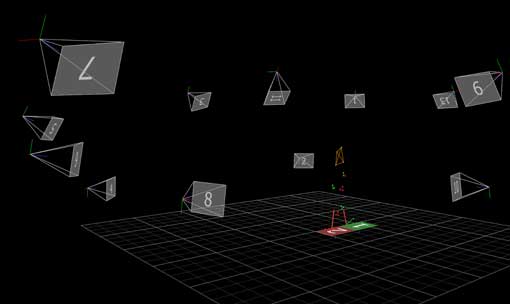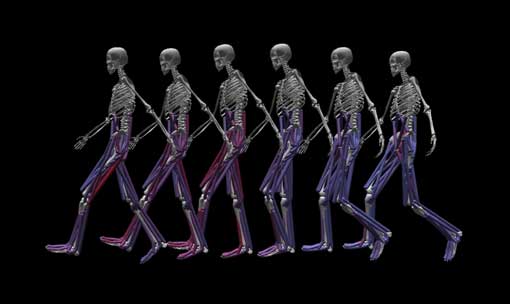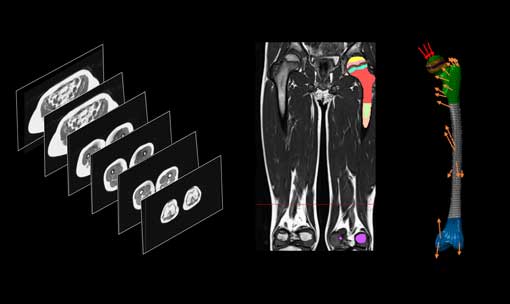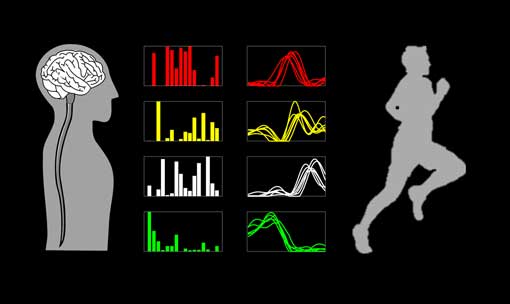We are part of the Department for Biomechanics, Kinesiology and Computer Science in Sport of the University of Vienna
Our research focus on the use of neuro-musculoskeletal simulations to enhance our understanding of typical and pathological movements. We collect and analyze three-dimensional motion capture data and medical images from various groups, including children with cerebral palsy, athletes and obese people. Amongst others, we strive to improve clinical decision making in people with movement disorders and enhance evidence-based motor rehabilitation after injuries or orthopedic interventions.




12
VICON INFRARED CAMERAS
5
KISTLER FORCE PLATES
16
COMETA ELECTROMYOGRAPHY SENSORS

